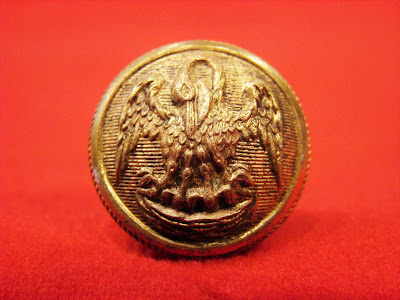Awful to the Extreme: Voice from the 125th Ohio at Franklin

Josiah Morgan had seen much of war in his two years of service with the 125 th Ohio, but what he witnessed at Franklin on the evening of November 30, 1864 “chilled his blood.” The 125 th Ohio as part of Colonel Emerson Opdycke’s brigade played a critical role in re-establishing the Federal line at the Carter House in some of the most brutal fighting of the entire war in the West. It was the most awful battle the Ohioan ever saw. “Colonel Opdycke rushed our brigade into the gap with fixed bayonets and we soon had them on the other side of the works where we held them, though they tried many times to rout us. We lay for more than an hour on one side of the works, and they on the other, not venturing to show our heads on either side. But we kept loading and sticking our guns over and firing at each other by raising our hands and pointing the muzzles down on the opposite side as much as possible. The fighting was awful to the extreme,” Morg...



















